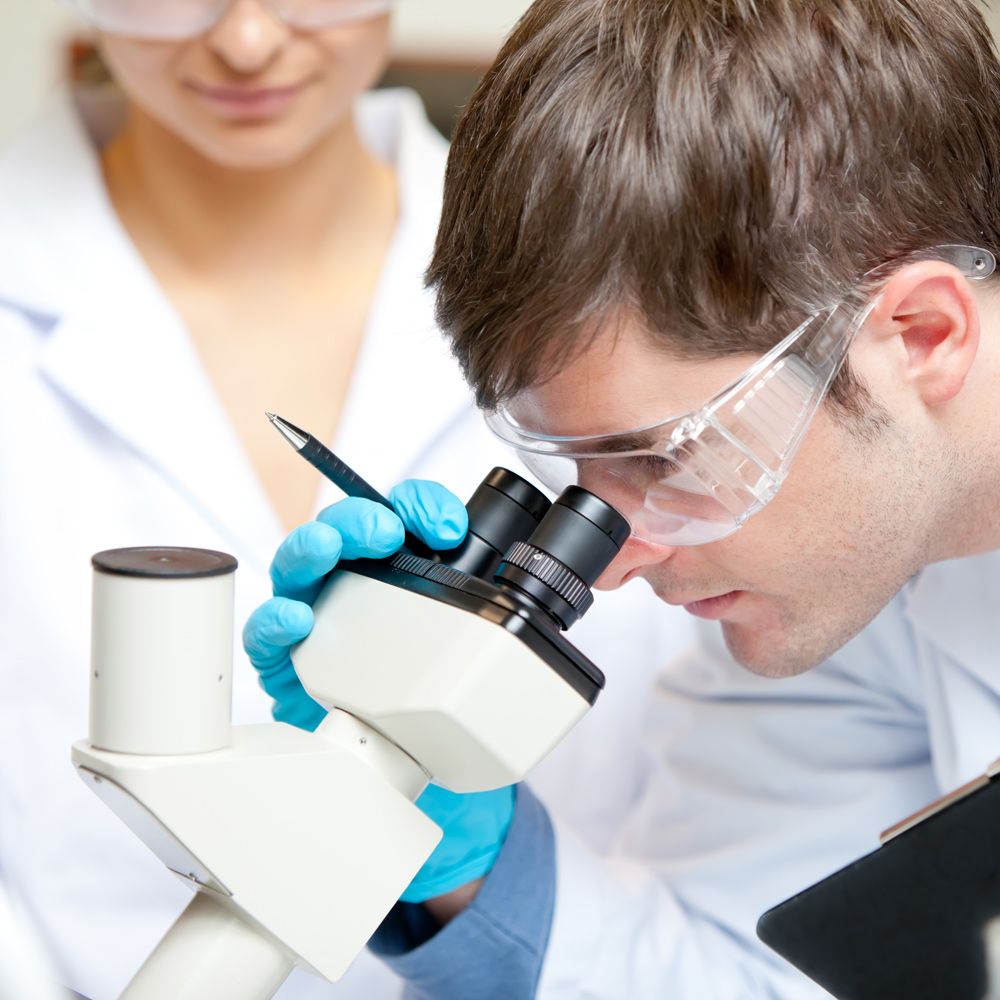My Cart
Your Shopping Cart is currently empty. Use Quick Order or Search to quickly add items to your order!
 Updated September 2016
Updated September 2016

Based on the Carolina article “How to Adjust to Inquiry Labs,” by Siobhan Julian. Siobhan teaches chemistry at Webster Schroeder High School in Webster, NY.